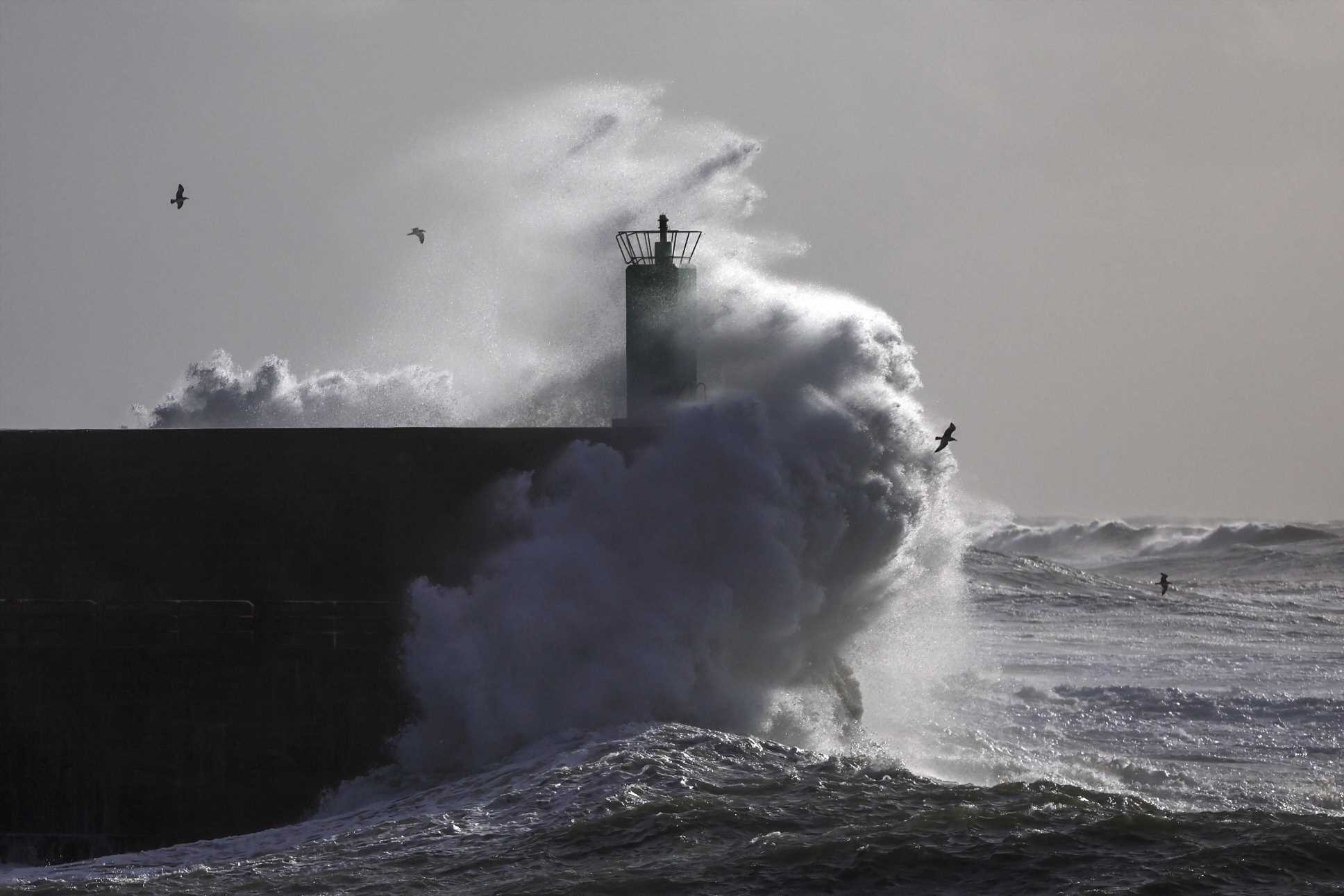NEXT time you're planning a trip to the seaside, you may want to stay away if you hear of a particular phrase.
Several seaside areas have warned of "coastal phenomena" – and they can be deadly.
Coastal phenomena are a number of hazards that can cause life-threatening conditions in the water.
This can include cyclones, high winds and wave surges.
Some holiday destinations have recently warned about the threat of coastal phenomena in recent days.
The Directorate General of Emergencies on the Canary Islands issued an alert for coastal phenomena across the Spanish islands following several incidents.
Read more on travel warnings

The 'square waves' that are so dangerous you should leave the sea immediately

Holiday warning for second European island – as TUI tells Brits not to travel
This affects the north and west coast of Tenerife, Lanzarote and La Palma, as well as northern Gran Canaria and western Fuerteventura.
The alert was issued due to a "deep northwest swell," according to local media, where waves could hit 11ft.
Along with the waves, the spring tide means both beachgoers and buildings on the coast are at risk.
Incidents have already seen one man killed and others at risk.
Most read in News Travel

Magic phrase guaranteed to stop person in front from reclining their plane seat

£7billion mega airport coming to Europe – with flights expected from 2028

TV travel star’s controversial method for dealing with rudest plane passengers

Much-hated ‘hidden’ flight costs that could soon be banned from budget airlines
One man drowned on Sunday in Lanzarote, while nine others were rescued across the other islands.
The rescues included three women, who were knocked into the sea while taking photos, while others were dragged into the water while on the beach.
Tourists are urged to avoid walking along the coastline, with camping on the beach and water sports suspended.
Other dangerous coastal phenomena include "meteotsunami," which are similar to tsunamis, only smaller in size and caused by air pressure rather than seismic earthquakes.
According to the National Ocean Service: "The storm generates a wave that moves towards the shore, and is amplified by a shallow continental shelf and inlet, bay, or other coastal feature.
"They occur in many places around the world, including the Great Lakes, Gulf of Mexico, Atlantic Coast, and the Mediterranean and Adriatic Seas."
Also known as "rissaga" in Spain, holidaymakers were forced to leave the restaurants in Majorca back in July after one flooded the outdoor terraces.
A similar meteotsunami also hit Florida back in June.
It's not the only dangerous phenomenon you should look out for in the sea.
Known as square waves, the unusual effect is formed by waves moving in opposite directions, caused when separate weather conditions collide.
The effect looks like a chequerboard grid on top of the water – but the underwater rip tides can be deadly.
Not only are they a risk to swimmers, but they have even been said to cause shipwrecks due to their strength.
People who have seen them have warned of the danger they pose.
Read More on The Sun

Signs you're borderline alcoholic & tips to cut back as Adele admits struggle

Cadbury discontinues Christmas chocolate – but savvy shoppers find Costco dupe
One person commented on YouTube: "Growing up in Hawaii, we were always taught to keep an eye out for the 'squares'.
"The grid can pull you back and fourth for hundreds of feet and make it hard to stay calm."
Source: Read Full Article




